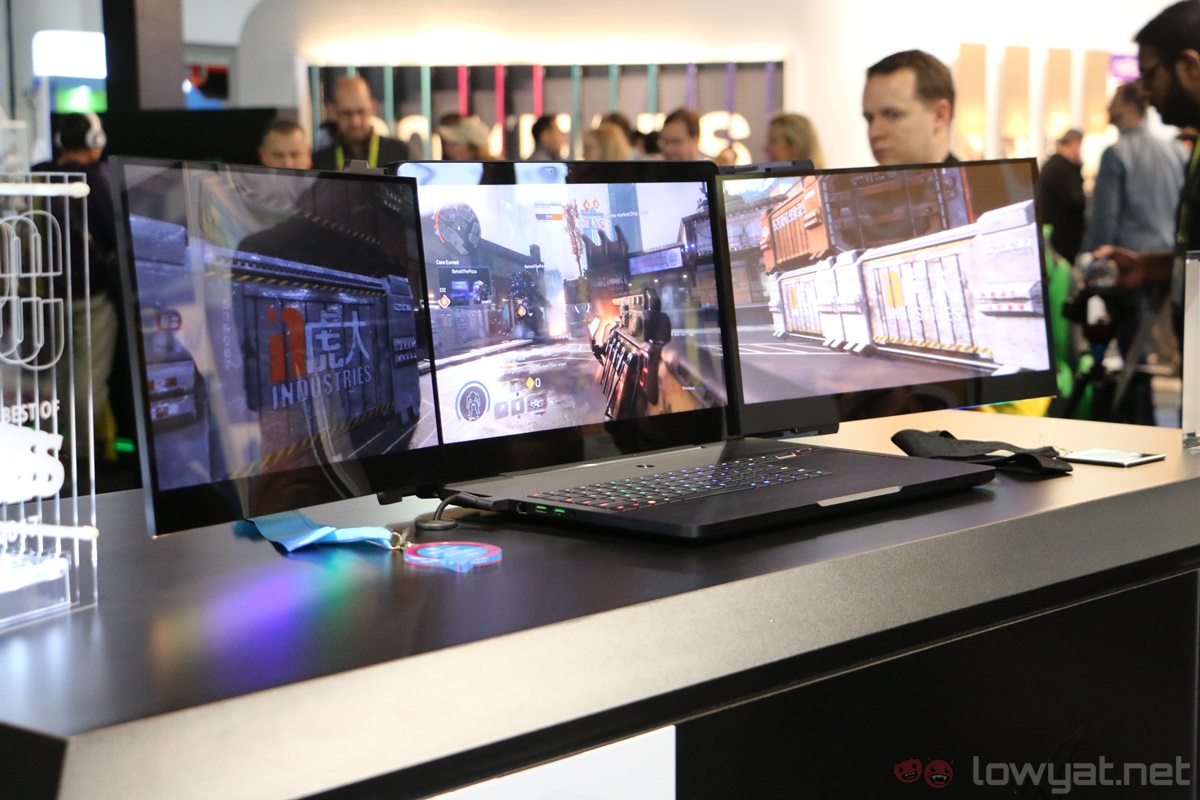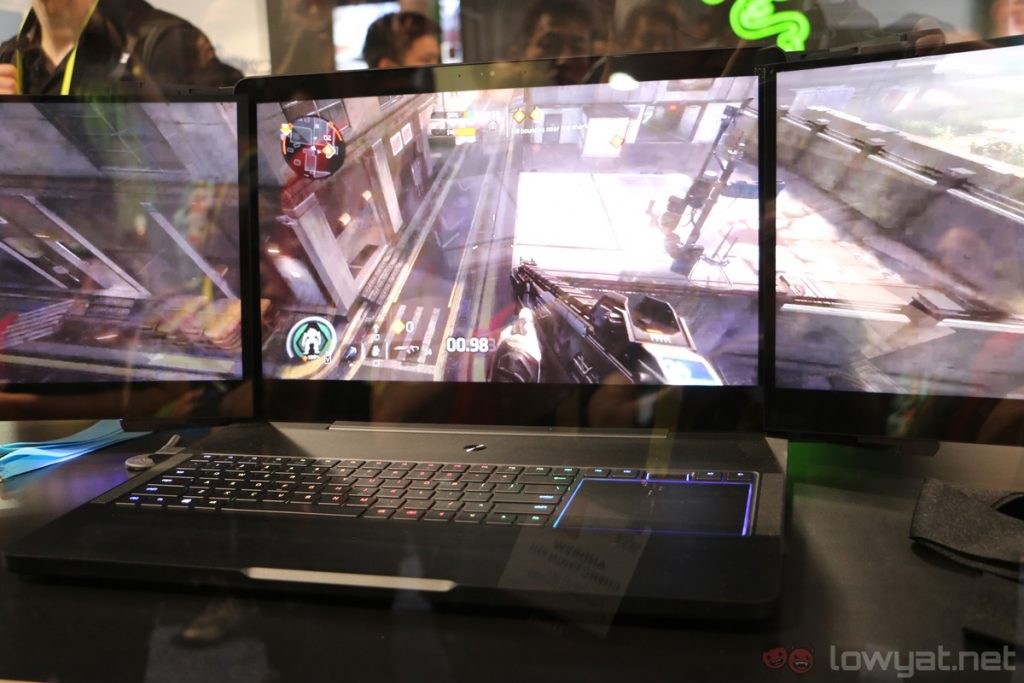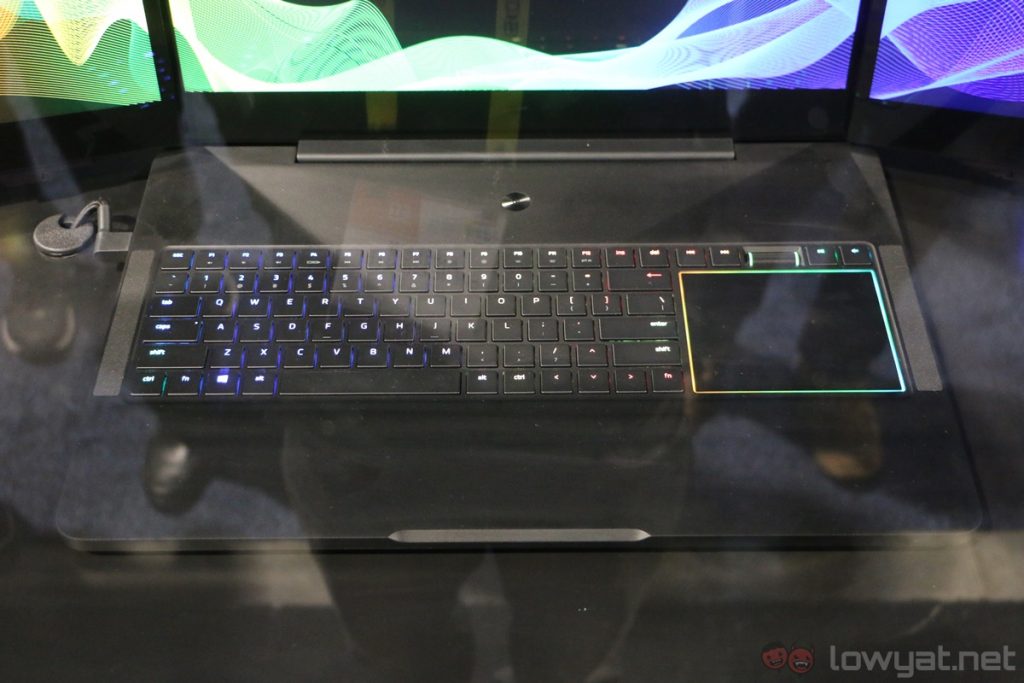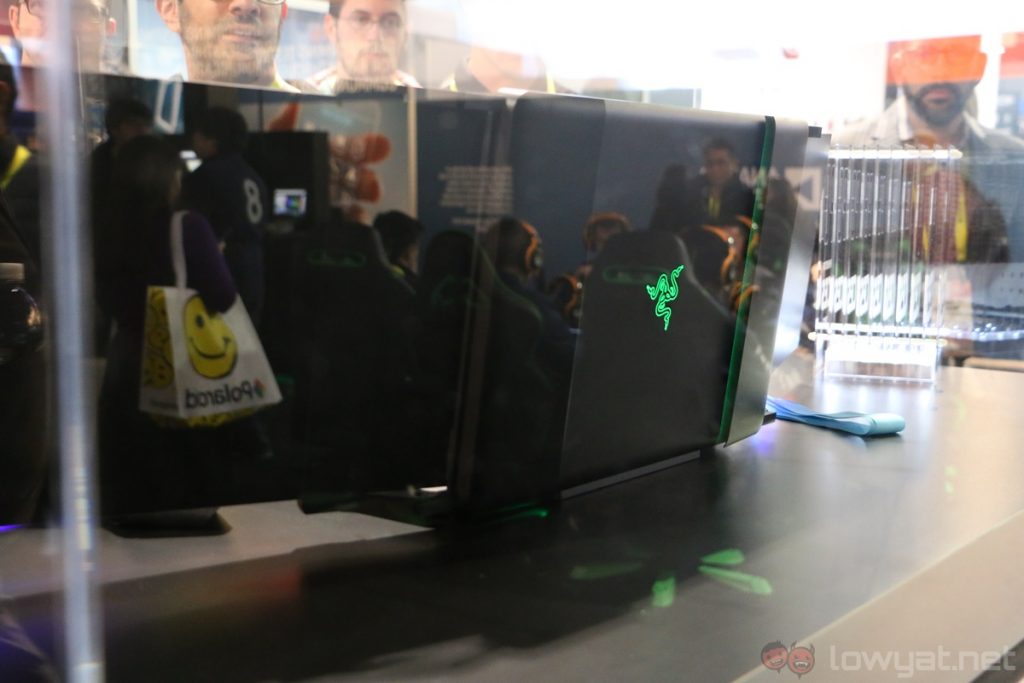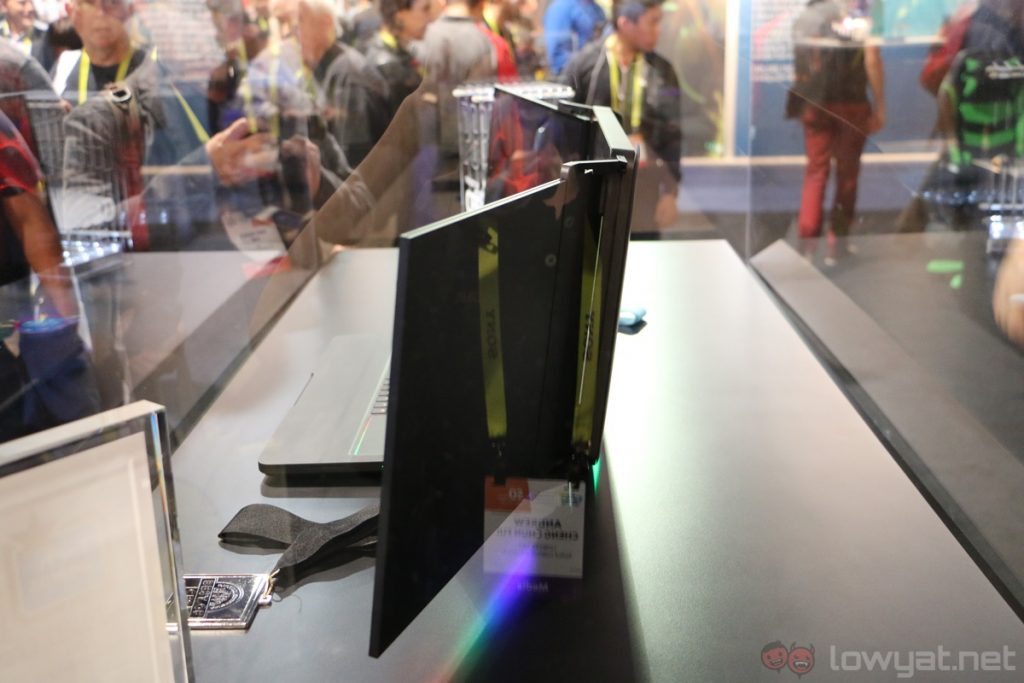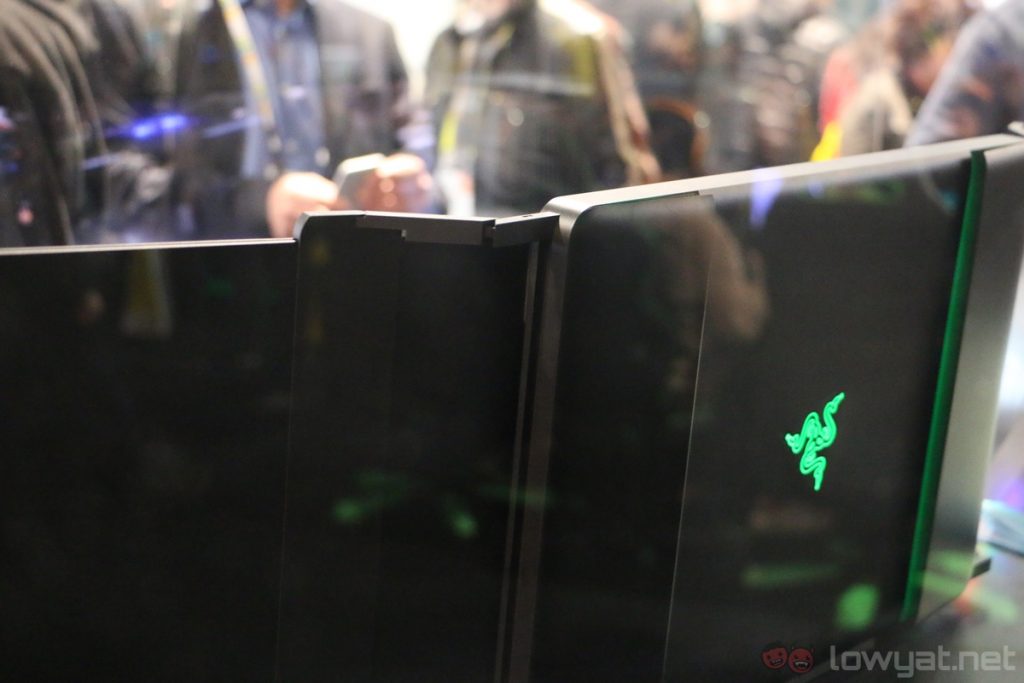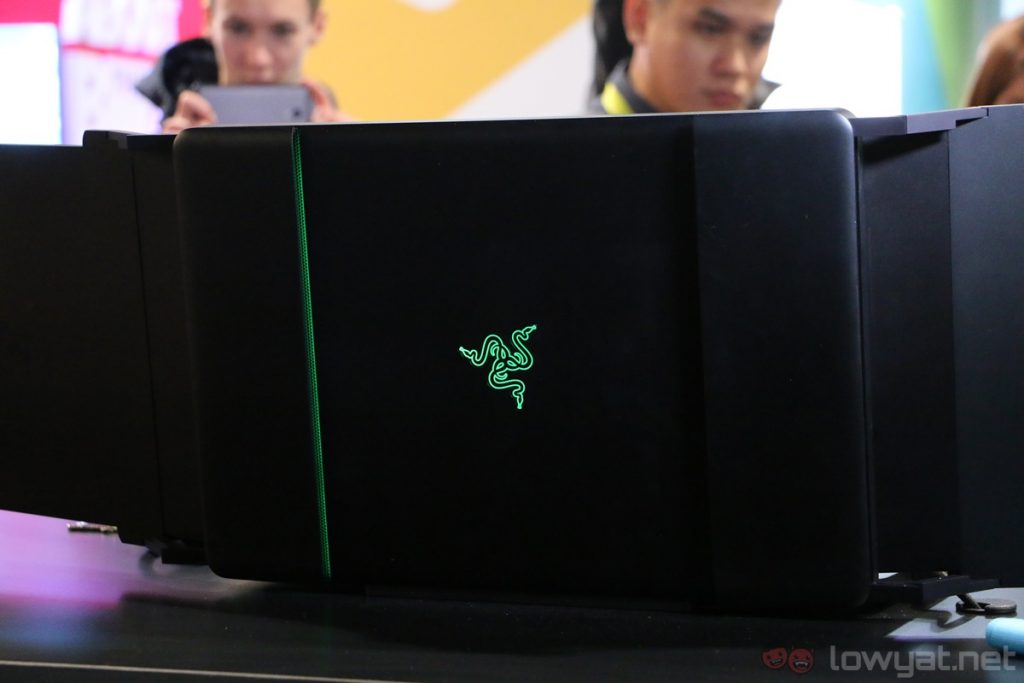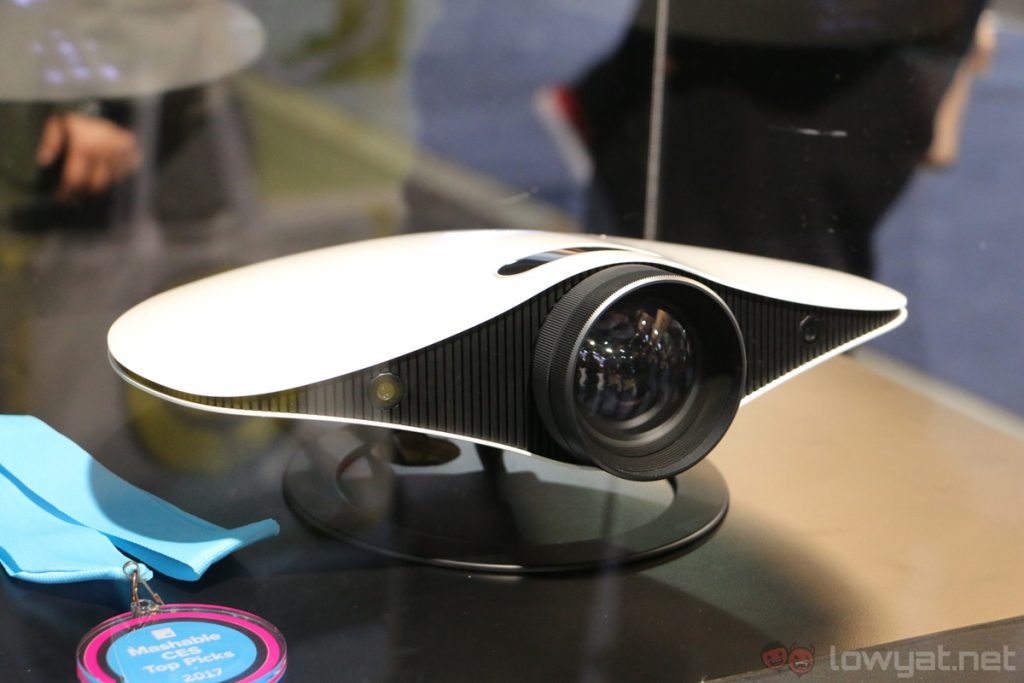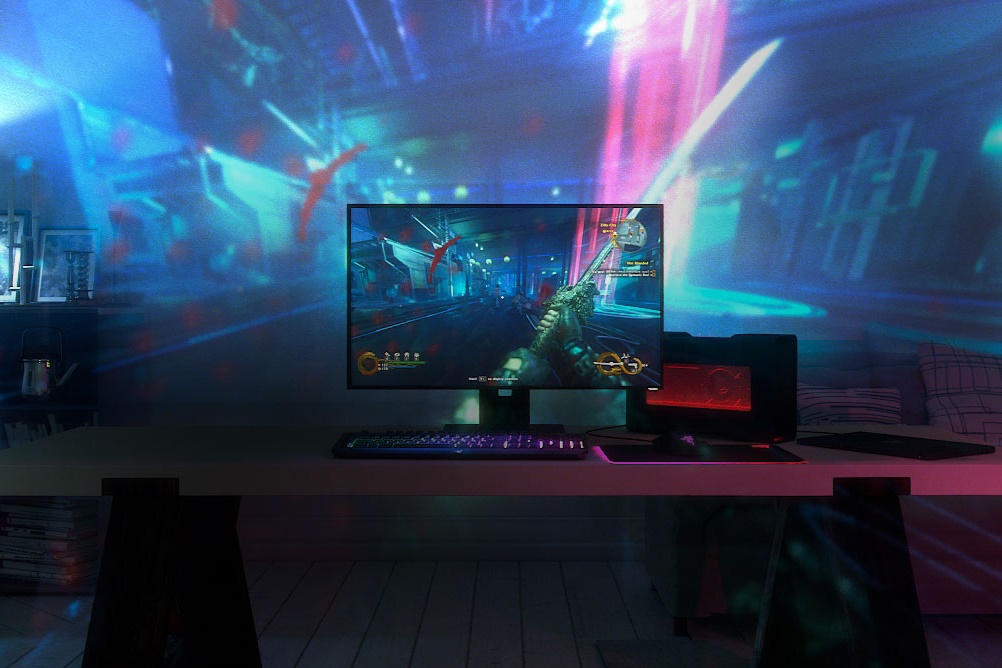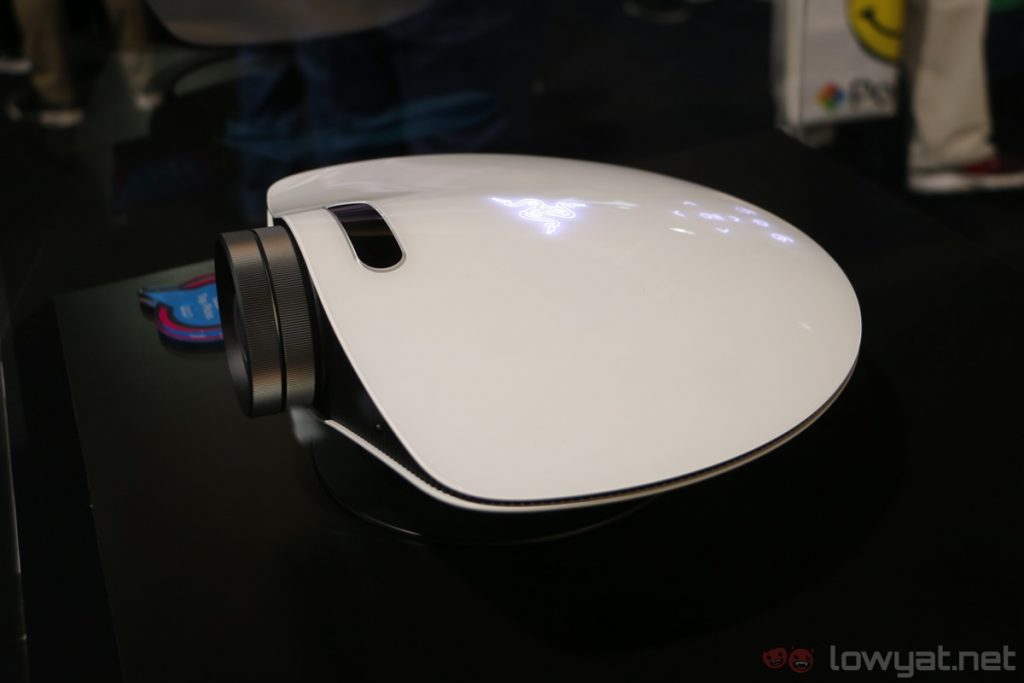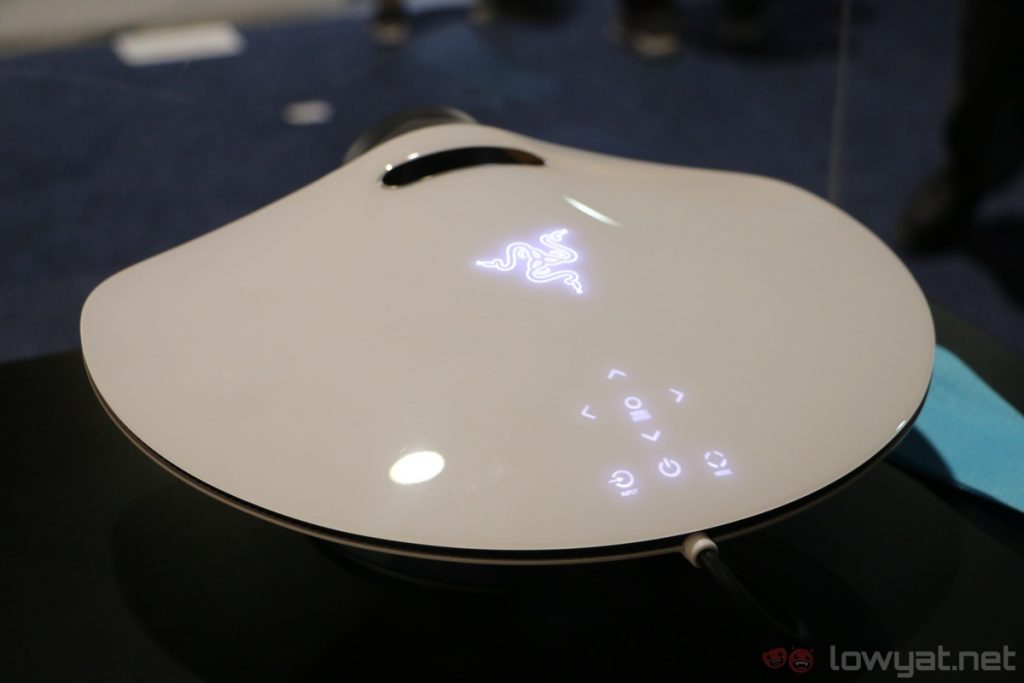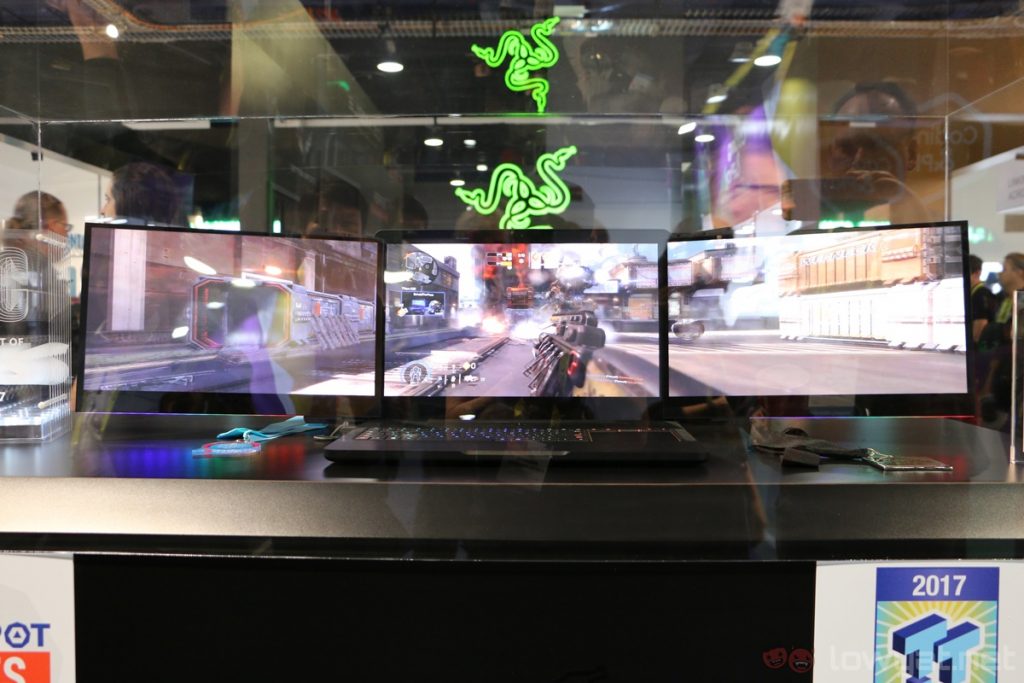Arguably two of the most notable products unveiled at CES 2017 come from Razer with its Project Valerie and Project Ariana: two products – while conceptual – that show us what the future of gaming could look like. It’s uncertain if either of these two projects will ever be released as consumer products, but these are very, very interesting projects.
Let’s start with our personal favourite: Project Valerie. On the surface, Valerie looks like a Razer Blade Pro laptop, only with three displays instead of only one. The best part is, these are not 1080p displays: the Valerie has three 17.3-inch 4K displays. Needless to say, that’s a very impressive setup, especially for a gaming laptop.

This setup presents a few benefits. For one, gamers can take advantage of the extra screen real estate for a very wide field of view, which will definitely help with immersion. Other than that, we imagine creative professionals will also greatly value the multi-monitor setup.
Despite packing three displays, Razer said that Valerie isn’t that much bigger than a conventional 17-inch gaming laptop. However, weighing about 5.4kg with a 38.1mm thick chassis, Valerie won’t be an especially portable gaming machine.

Then we have Razer’s equally impressive Project Ariana, which looks like a standard projector at first glance (it can be used as a regular 4K projector). The kicker here is, Ariana actually works in tandem with a monitor to extend its effective display area. This, in turn, should help with immersion, especially in video games.
Interestingly, Project Ariana also takes advantage of Razer’s popular Chroma lighting to further aid in immersion. For example, Ariana can sync with the lighting in a particular room so that these lights react accordingly to what’s currently being shown on screen. Think how eerie it would be if the lights in your living room start flickering when you’re playing a horror game.
At the end of the day, however, we can’t help but to ask ourselves this question: are these two products practical? Are they even viable? Well, maybe not. Project Ariana, for one, will require a sizeable area to work effectively. As for Project Valerie, we can’t help but to be concerned about the long-term durability of the hinges holding the displays together.
Perhaps these are some of the reasons why Razer’s Project Valerie and Project Ariana remain as conceptual products, but what’s certain is, these are Razer’s statement pieces. Chances are, the company is gauging consumers’ interest before fully committing to these ambitious projects. Judging by how well-received these two products are so far – to the point prototypes of them were stolen – it’s clear that people are very, very interested.
Follow us on Instagram, Facebook, Twitter or Telegram for more updates and breaking news.


